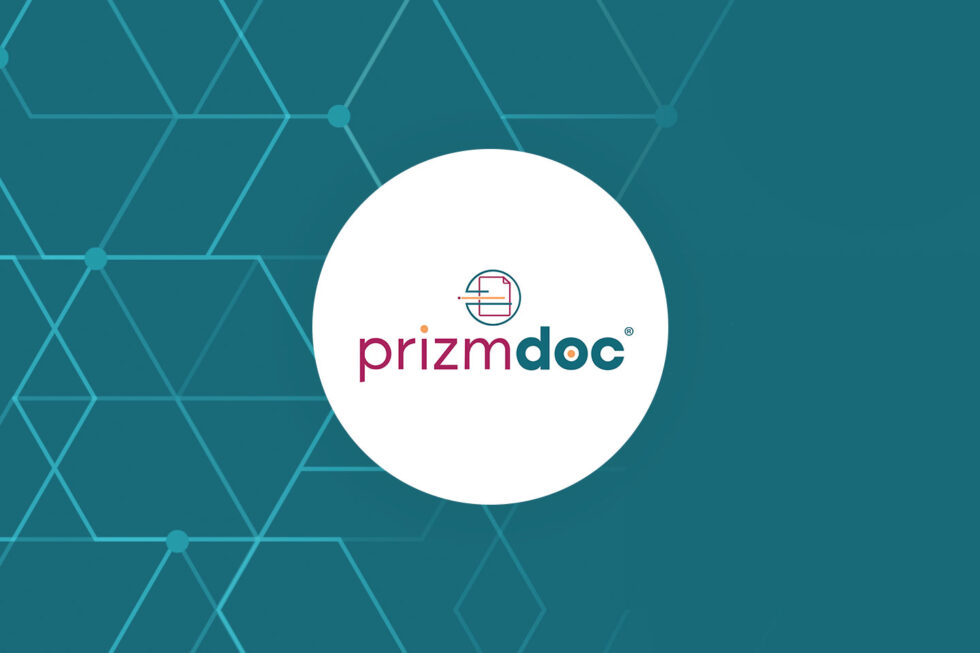Enhancing Your Learning Management System with Collaboration Tools
With Integrated Document Collaboration Tools, Learning Management Systems Can Do More
The shift toward next-generation digital learning has prompted an increasing number of higher education institutions to look for ways to enhance their learning management system (LMS) or replace it altogether with a system that offers more. In fact, out of the 99% of institutions that have LMS software, 1 in 4 reported being dissatisfied with their current LMS with plans to upgrade or switch vendors within 1-3 years. These projected numbers are not surprising, given the information that some LMS software has not changed much since the 1990s.

With the evolving education landscape and a market that is expected to reach $8 billion by 2018, now is the perfect time to develop the LMS experience users want and institutions require. Whether you are looking to implement a brand new LMS, or integrate advanced collaboration tools in order to upgrade an existing system, here are three key features to keep in mind as you evaluate your options:
Seamless interaction and collaboration between Instructors and learners
Perhaps the single most important set of features—and most commonly cited dissatisfaction with current systems—that many LMS software lacks is interactive and collaborative functionality. Traditional systems were created with basic features, such as the ability to deliver quizzes and other static content, publish grades, and house syllabi. A study published by Educause suggests that those basic features simply aren’t cutting it. Today’s learners want much more engagement.
“What is clear is that the LMS has been highly successful in enabling the administration of learning but less so in enabling learning itself. Tools such as the grade book and mechanisms for distributing materials such as the syllabus are invaluable for the management of a course, but these resources contribute, at best, only indirectly to learning success.”
Document tools and workflows that facilitate engagement
There may be hundreds or even thousands of types of content within a typical LMS. The ability to interact effectively is blocked by all the noise, and workflows can get messy. Seamless flow and exchange of information among instructors, learners, and peers is crucial to an interactive and productive system. With a bit of additional coding, a developer can add document collaboration tools—like an embedded document viewer to display course content, notes, and syllabi—to LMS software to augment document workflows and facilitate collaboration. In addition to viewing, interactive functions like commenting, highlighting, digital signing, and sharing are all available to enhance the overall LMS experience. Common tasks like reviewing and sharing assignments, marking up research papers, adding notes to quizzes and syllabi, and searching for key terms within course content can all be completed on any device directly inside the LMS without having to download and organize any files.
Document security and control in the LMS
In addition to collaboration, security and privacy concerns should be at the forefront when building a safe infrastructure for collaboration and engaged learning. An LMS contains sensitive information about students and faculty, and there are several risks inherent in housing all of this data in a central location. Most learning management systems have basic security features like a password-protected portal or email verification in place, but what happens if the system is breached?
Take document security a step further
As you upgrade your LMS software, look for integrated tools that enable digital rights management to control user permissions at the document level. Administrators should be able to assign permissions for functions such as downloading, copying, printing, commenting, and sharing content to individual users or groups of users. Only selected individuals should have the credentials to access certain types of content. Watermarking and digital signatures are other features that can be added to an LMS to help prevent forgery and unauthorized content sharing. Many software companies offer these features and more as APIs that can be easily integrated to enhance LMS software security.
Interoperability and ease of use
The next-generation learning management system will be able to easily integrate tools, facilitate engaged learning, and include powerful functions to enhance content exchange. These functions may be built into the LMS itself or be integrated through collaboration tools and APIs.
The Educause study referenced above goes on to state that, “To meet users’ needs and expectations, the next-generation LMS should be mobile friendly, personalized, customizable, adaptive, intuitive, integrated, and designed to enhance student learning. These systems will function as digital learning environments for students, administrative systems for faculty to manage their courses, and interoperable systems that institutions can integrate into their administrative IT portfolio to leverage analytic applications.”
LMS software has already greatly evolved from the original systems created in the 1990s, and although the adoption is widespread (99% of higher education institutions and 89% of corporations are using one), many lack features that users and institutions require for a truly interactive and engaged learning environment.
For more information on document collaboration tools that you can easily integrate into your learning management system, check out Accusoft’s suite of document collaboration tools. Get started with a free trial of PrizmDoc and start adding advanced functionality to your applications today.
[button color=”orange” size=”lg” url=”https://www.accusoft.com/products/prizmdoc/overview/”]Get started with a free trial today[/button]